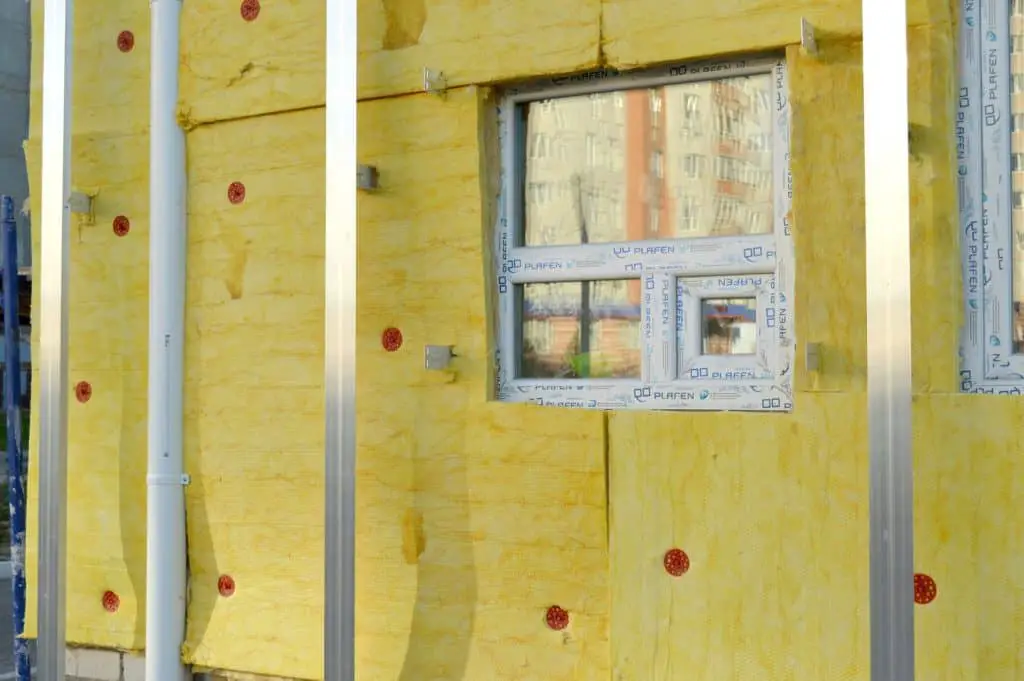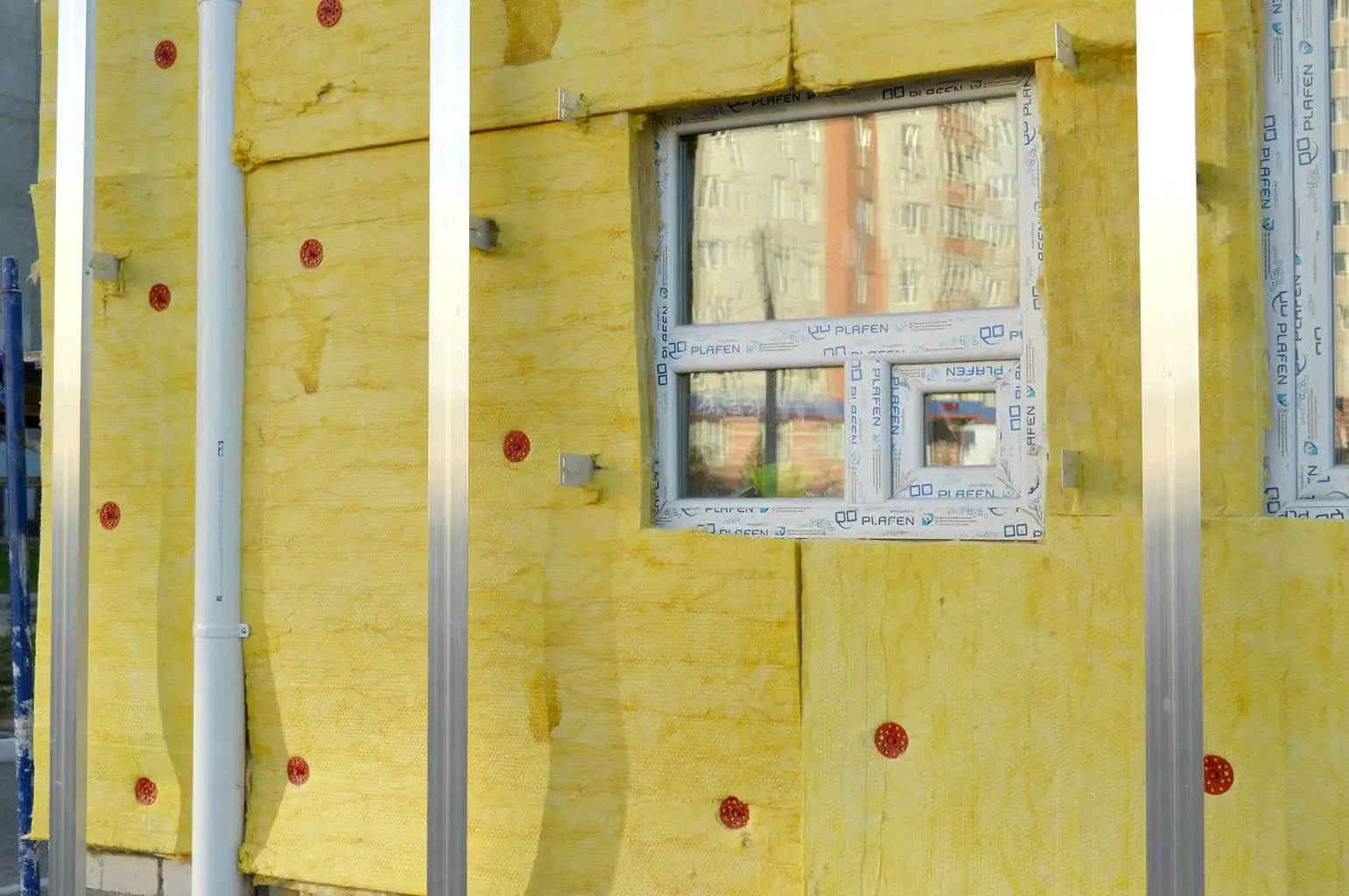Over the last century, fiberglass has become a mainstay in manufacturing.
Its durability and versatility have given it a wide range of uses. It is very likely that fiberglass is an important part of your life, and you have no idea.
The virtues of fiberglass are clear, but what about its faults?
Is fiberglass the manufacturing must-have, or is it an environmental no-no?
This article will look more closely at fiberglass and its biodegradability. The following topics will be covered:
- Definition and uses
- Environmental factors
- Health risks
- Safe usage
- Alternatives
What Is Fiberglass?

Most people have heard of fiberglass, but they do not know what it is. However, the name offers an apt description of its composition.
Fiberglass is made from glass fibers. To manufacture fiberglass, the glass is heated to its melting point. This allows it to be filtered through tiny holes in order to create filaments so thin they must be measured in microns.
From here, the filaments are processed in a variety of ways. They can be mixed with resins for added strength or woven into materials. On its own, fiberglass is lightweight and durable.
While it is best known for its use in insulation, fiberglass is also found in the following:
- Carpeting
- Roofing shingles
- Ceiling tiles
- Construction materials
In total, there are more than 40,000 uses for fiberglass. Every year, 5 million metric tons of fiberglass are produced. This makes fiberglass worth $14 billion annually.
Is Fiberglass Biodegradable?
Given the prevalence of fiberglass, it is important to ask serious questions about its environmental impact. To that point, we should explore its biodegradability.
Fiberglass has many unique properties to enhance its durability. While these properties give fiberglass added versatility in construction, they are a drawback during disposal.
Fiberglass will not decompose. It is unaffected by weather, saltwater and most chemicals.
This means that fiberglass will simply sit in a landfill when thrown away. Worse, effective recycling options are scarce in the United States.
Is Fiberglass Toxic to Humans?
The problems associated with fiberglass do not stop there. There are serious health concerns related to fiberglass.
There is evidence that fiberglass can be inhaled. When this happens, the fibers can settle in your airway and lungs.
Short-term exposure will typically lead to irritation. This can include itching or coughing. The reaction will depend on the amount of fiberglass inhaled.
The concerns over long-term exposure are more pressing. This is why OSHA created exposure limits for fiberglass in 1999. The limits were made in conjunction with the National Academy of Sciences.
However, it should be noted that the National Academy of Sciences ultimately concluded that fiberglass is not linked to cancer. This finding was backed up by a 2001 study published by the International Agency for Research on Cancer.
The conclusion said that workers around fiberglass did not have higher rates of lung disease compared to the general population.
Doubts still remain, and research is ongoing. In general, workers must wear protective gear since fiberglass is a skin irritant. Workers should be equipped with goggles, gloves, long shirts and long pants. Dust masks are also useful.
For homeowners, some recommendations are also in order. While official reports find no link to cancer from fiberglass insulation in your home, it should still be treated with care.
If your fiberglass insulation is exposed, do not be near it without protective gear. Unfinished parts of the home may still have exposed fiberglass insulation, and it can cause the same skin and airway irritations as listed above.
Is Fiberglass Harmful to the Environment?
Given the properties and risks of fiberglass, it is clear that it is a potential environmental hazard.
Just consider the problems facing the wind energy industry. Wind turbines use fiberglass to make the large propellers on the turbines.
When the blades have to be replaced, the old ones have minimal disposal options. Most end up in landfills, where they simply sit intact for years.
Moreover, fiberglass has traditionally been treated with formaldehyde. This toxic chemical is proven to cause damage to human health.
When fiberglass is thrown out, the formaldehyde can leach into the ground. This can cause contamination of the soil and water and will eventually end up in our food chain and drinking water.
Most manufacturers have stopped using formaldehyde, but the risk is pressing when disposing of older fiberglass.
There are also concerns about fiberglass production. This production can release hazardous air pollutants and volatile organic compounds.
These emissions can have a negative impact on workers and nearby communities. This is why the EPA regulates fiberglass production to minimize air pollution.
What Is the Lifespan of Fiberglass?
Fiberglass is highly durable. It will not degrade when exposed to the elements.
Because it is made from glass, fiberglass takes heat very well, withstanding temperatures at 40 degrees below zero and in excess of 350 degrees.
Moreover, fiberglass is strong and requires no maintenance. It holds steady in winds up to 200 miles per hour. It is not prone to moisture, and it will not be impacted by UV rays.
Therefore, fiberglass has a long lifespan. In boats, fiberglass typically lasts 50 years or more. Fiberglass Insulation can last 100 years.
How Do You Dispose of Fiberglass?
Even though fiberglass is nearly indestructible, it may still need to be replaced. When this happens, proper disposal is critical.
In some cases, you may be allowed to throw out fiberglass with the rest of your garbage. However, some areas require special disposal methods.
When getting rid of your fiberglass, take precautions. Wear protective gear such as goggles and masks. Do not leave your skin exposed. Put the fiberglass into secure trash bags for transportation.
Instead of throwing away fiberglass, the better option is to look into recycling.
Most local recycling centers do not accept fiberglass. However, some industries have started to pursue unique recycling options.
For example, fiberglass boats can be given second life. Wind turbine recycling is being normalized.
The problem is that recycling fiberglass is still an imperfect process.
Incineration may create air pollution, and it also creates ash. This ash must be disposed of, and it often ends up in landfills.
Alternatively, recycling could involve pyrolysis. This involves heating the fiberglass so it breaks down. This way, polymers can be recovered in oil form. This produces less air pollution, but many fibers can be lost during the process.
Similarly, chemicals can be used to break fiberglass down. While this process allows the fibers to be retained, the solvents used can be hazardous. Both chemicals and pyrolysis are so expensive that their usefulness is limited.
Finally, fiberglass can be ground mechanically. In this process, up to 35 percent of the fibers can be reused.
Therefore, options do exist, but the technology is far from perfect and needs to continue development in order to be viable on a broad scale.
Can Fiberglass Be a Sustainable Choice?
Obviously, there are drawbacks to fiberglass. However, it is not all bad news. Some people do consider fiberglass to be a sustainable option.
Fiberglass does not require a lot of energy to produce, and it is lightweight and easy to transport. This keeps costs and consumption to a minimum.
More than that, fiberglass is sourced mostly from sand. Glass is made from sand, which means that fiberglass is also primarily made from sand. Sand is a natural resource that can be found across the planet in great supply.
Additionally, the durability of fiberglass is in its favor. Fiberglass is very efficient, which is why it has earned an Energy Star rating. It can be used in conjunction with LEED and Green Global ratings.
Ultimately, since fiberglass lasts for decades or more, it will not be replaced often. This longevity is an important factor in its potential sustainability.
What Are Alternatives to Fiberglass?
Because fiberglass can be controversial for its environmental and health risks, you may consider alternatives.
In terms of insulation, start with soy-based materials. Soy insulation is fire-resistant and completely renewable.
In fact, soy insulation was used to protect Fort Belvoir Army Base. This Virginia compound was the first military base to earn a LEED rating.
Other options include wool, hemp and denim. Wool is excellent because it does not create irritation, and it may improve interior air quality. Hemp is recyclable and durable. It does not attract rodents or pests.
Recycled denim actually uses your old jeans for insulation. The manufacturing of recycled denim insulation is nearly waste-free.
Overall, fiberglass insulation is still the most popular. Alternative materials only account for a fraction of the industry, but demand is expected to grow.
Conclusion
While fiberglass is widely used, there are questions about its impact on the environment and human health.
Proponents are right to tout fiberglass’s durability and sustainability, but real drawbacks should make alternatives seem more viable.
With the facts, you can make the best choice for your lifestyle.
You Might Also Like…
- Is Fast Food Bad for the Environment? (& What You Can Do)
- Is Fabric Softener Bad for the Environment? (+5 Eco-Friendly Options)
- Is Fuel Dumping Bad for the Environment? (& How Often It Happens)
- Is Electricity Generation Bad for the Environment? (What You Should Know)
- Is Dry Cleaning Bad for the Environment? (4 Surprising Facts)
- Is Diamond Mining Bad for the Environment? (Important Facts)
- Is DEET Bad for the Environment? 4 Effects (You Should Know)
- Is Cat Litter Bad for the Environment? (5 Common Questions)
- Is Burning Cardboard Bad for the Environment? (6 Facts)
- Is Burning Paper Bad for the Environment? (6 Surprising Facts)
- Is Burning Leaves Bad for the Environment? (7 Quick Facts)
- 4 Natural Cleaners for Quartz Countertops
- 6 Eco-Friendly Acrylic Paint Brands (For Sustainable Artists)
- 5 Eco-friendly Alternatives to Acrylic Paint (& How to Make Them)
- Is Acrylic Paint Bad for the Environment? (7 Quick Facts)
- Is Acrylic Yarn Bad for the Environment? 8 Crucial Facts
- Is Acrylic Bad for the Environment? (8 Quick Facts)
- Is Aluminum Foil Bad for the Environment? 7 Quick Facts
- Is Bleach Bad for the Environment? 6 Crucial Facts
- Is Lithium Mining Bad for the Environment? 6 Crucial Facts































